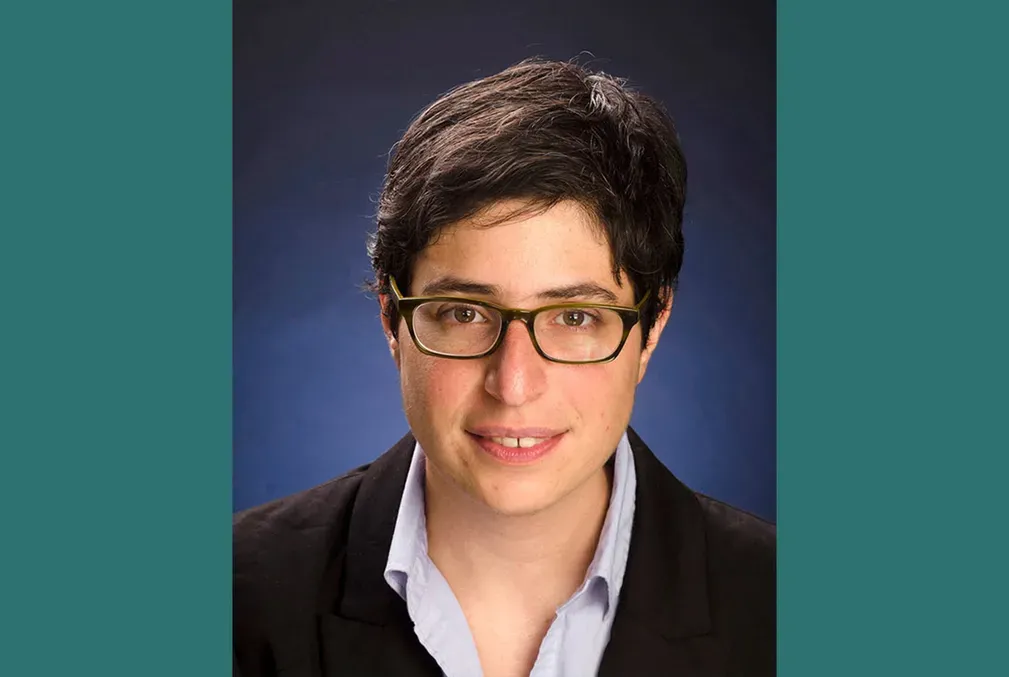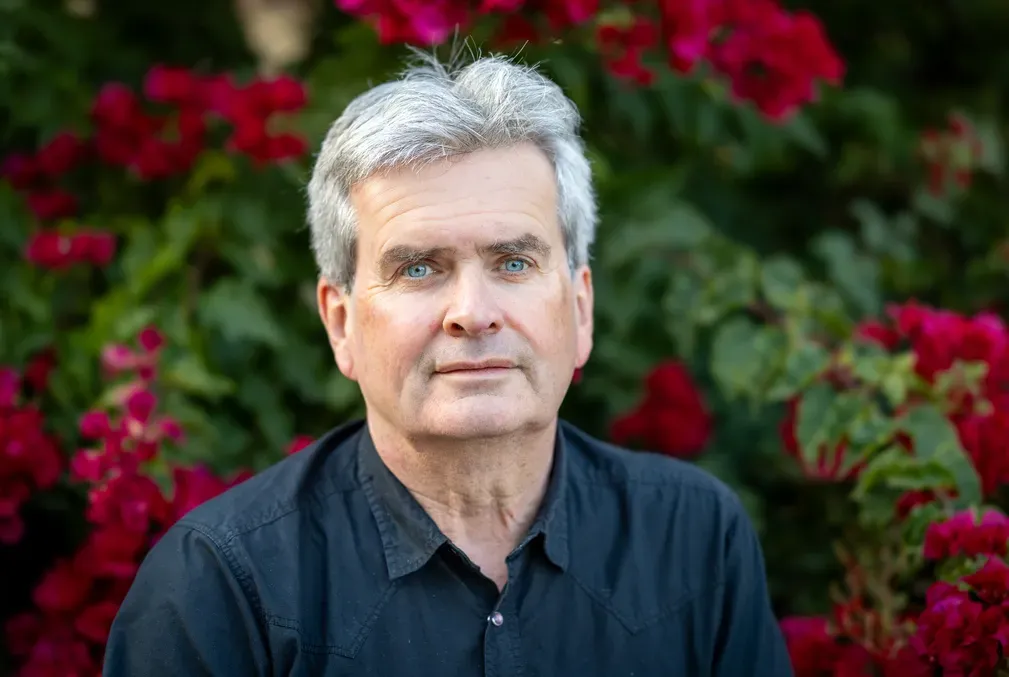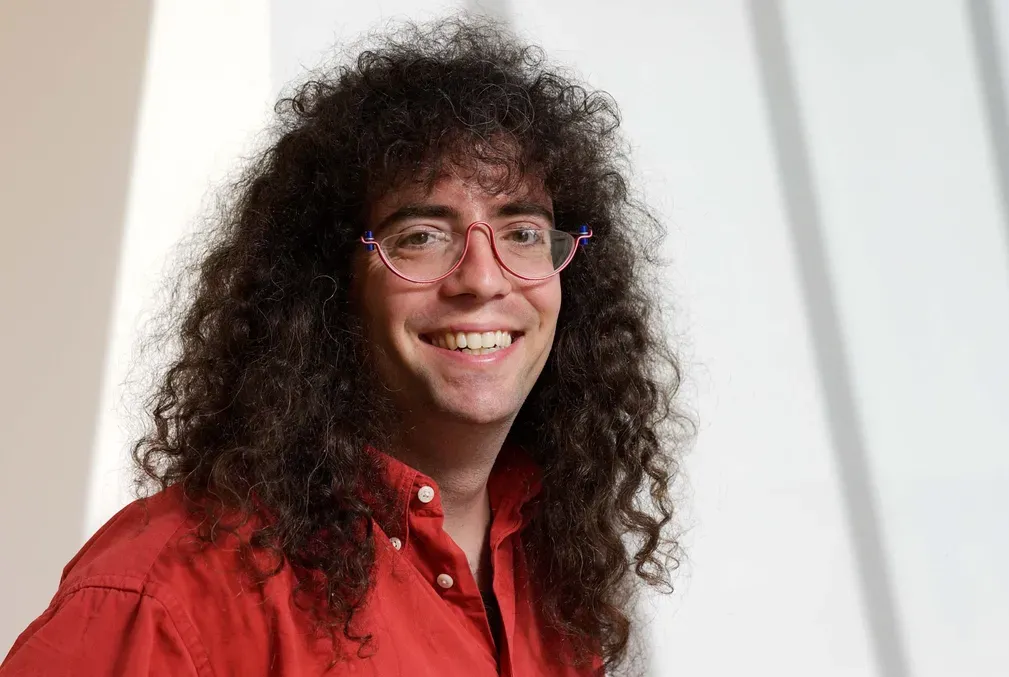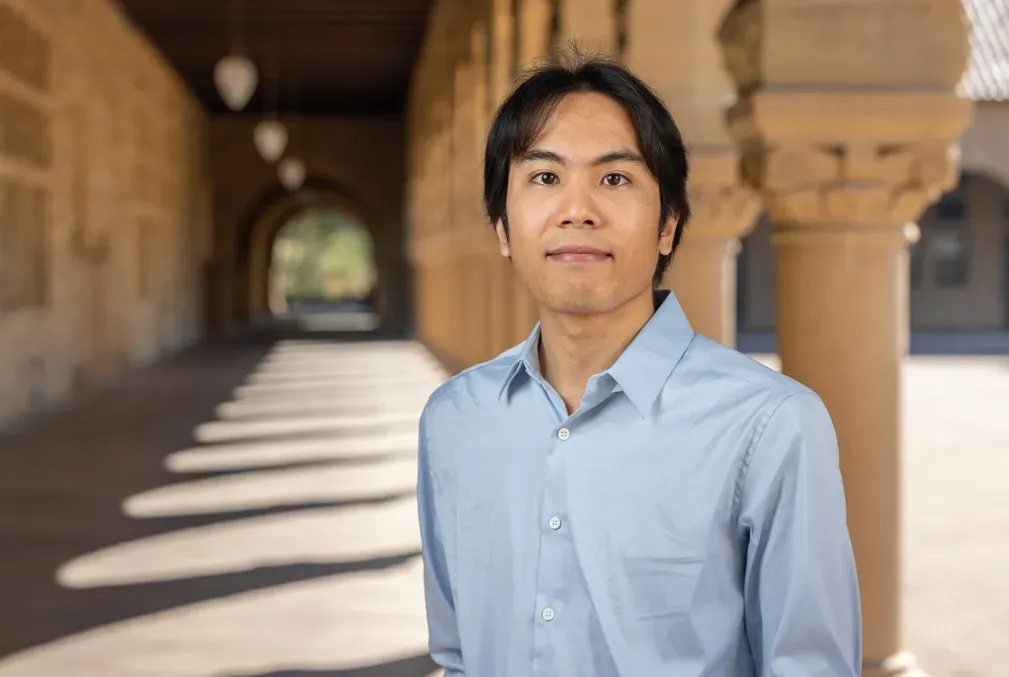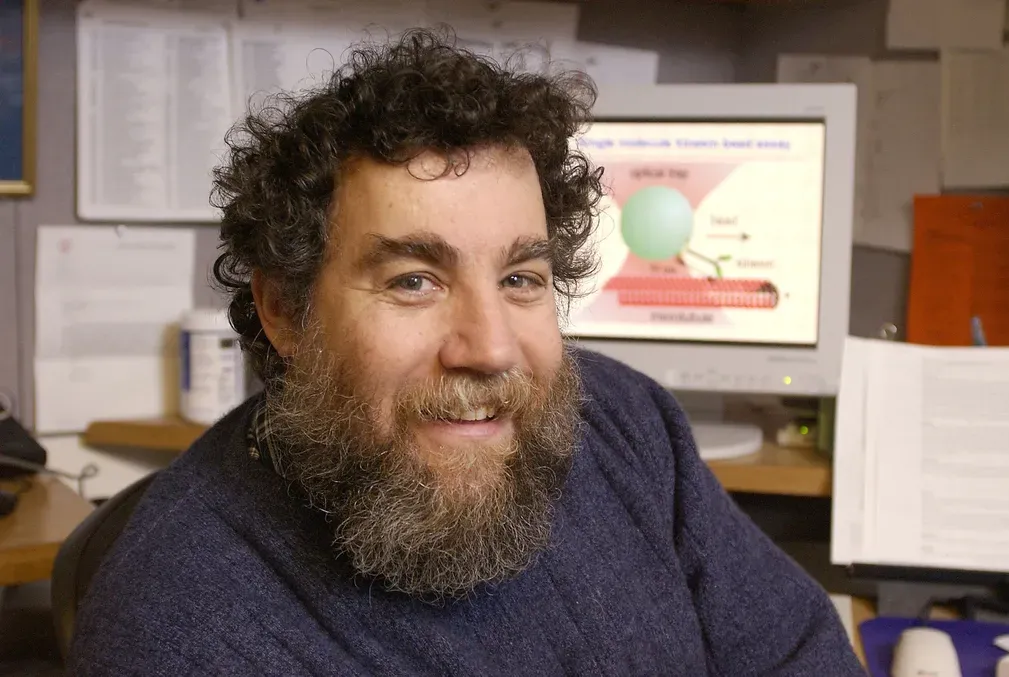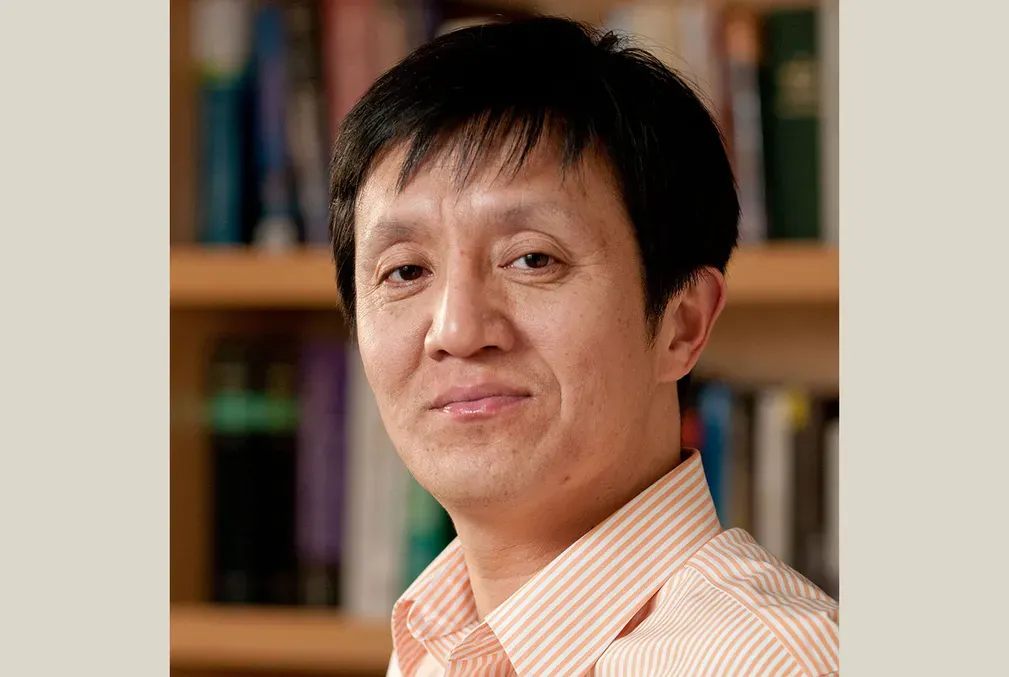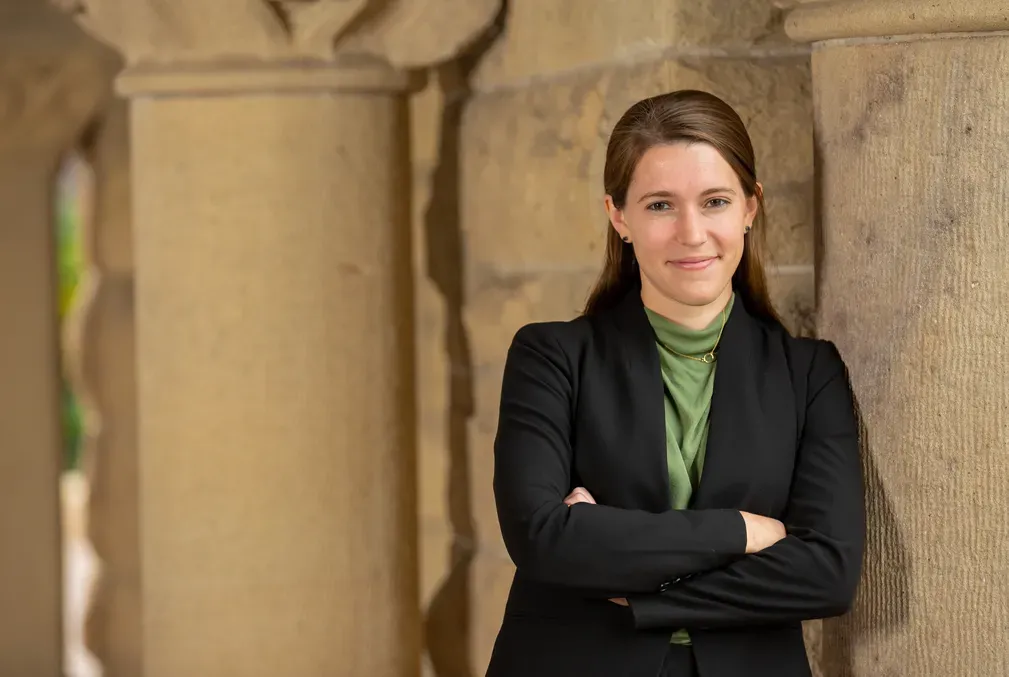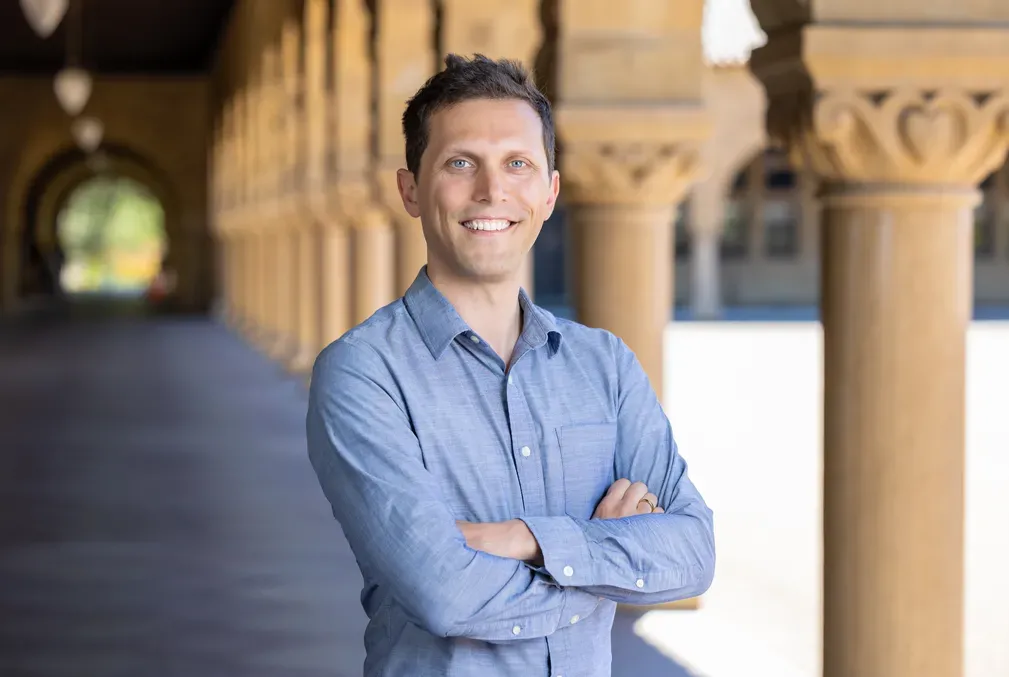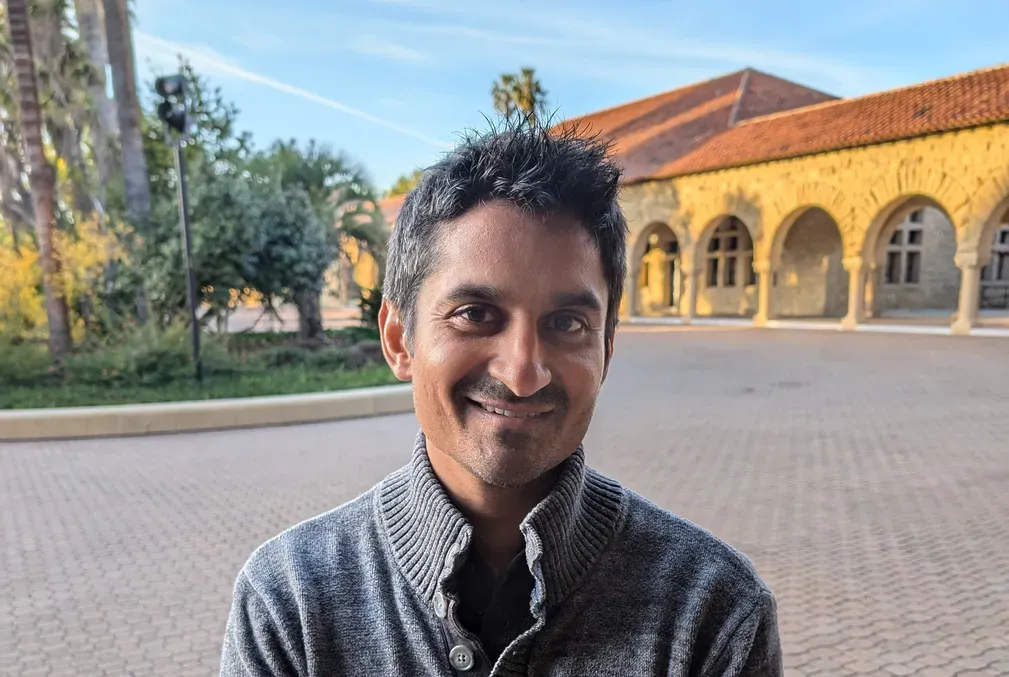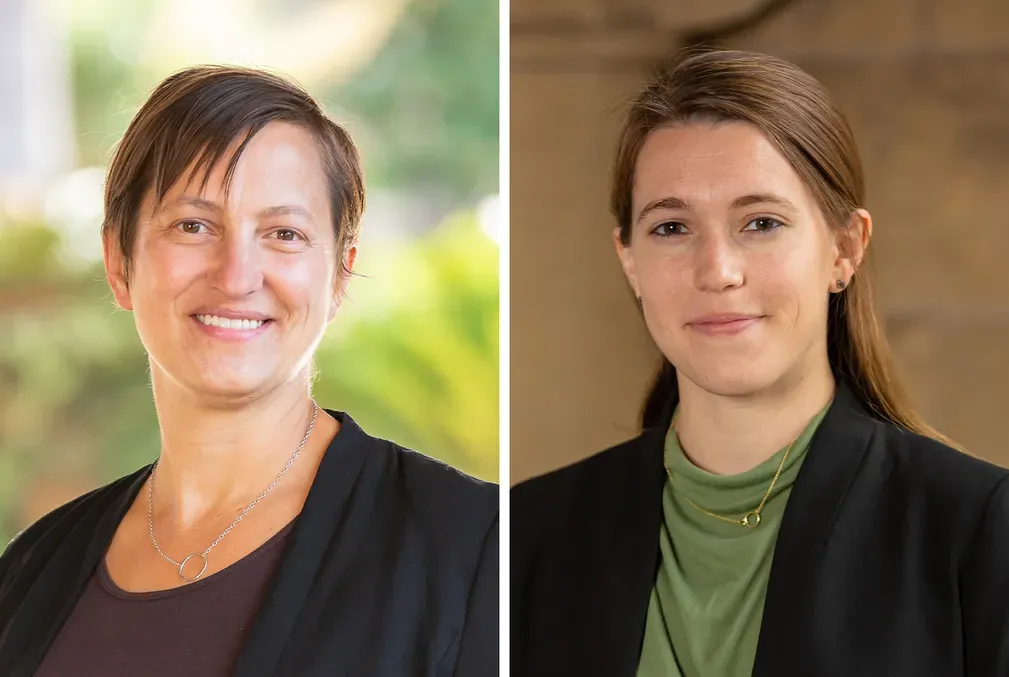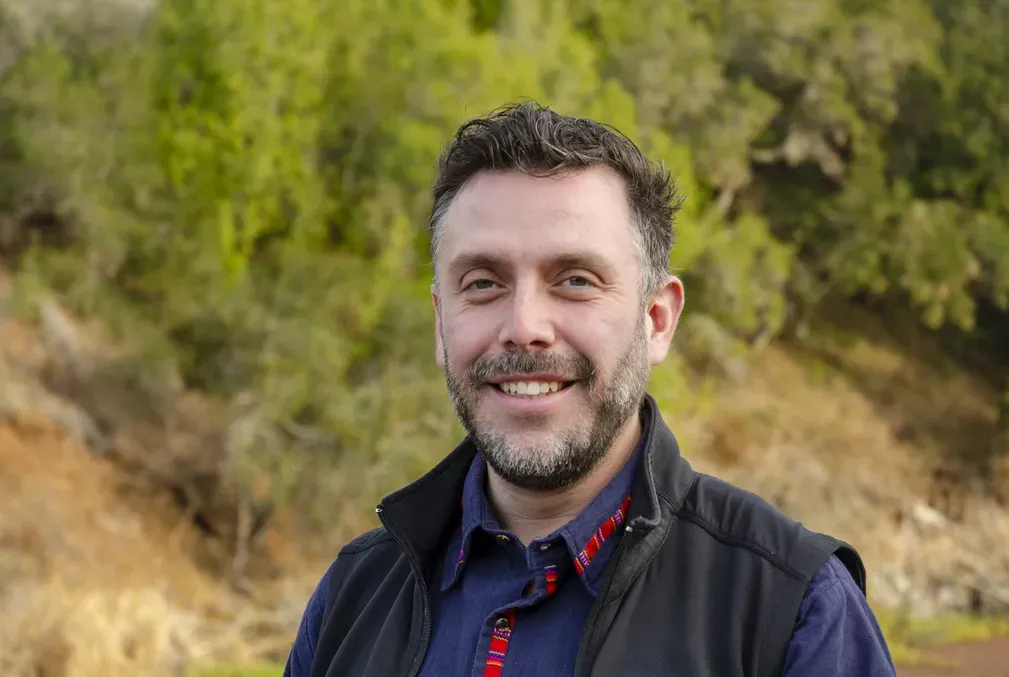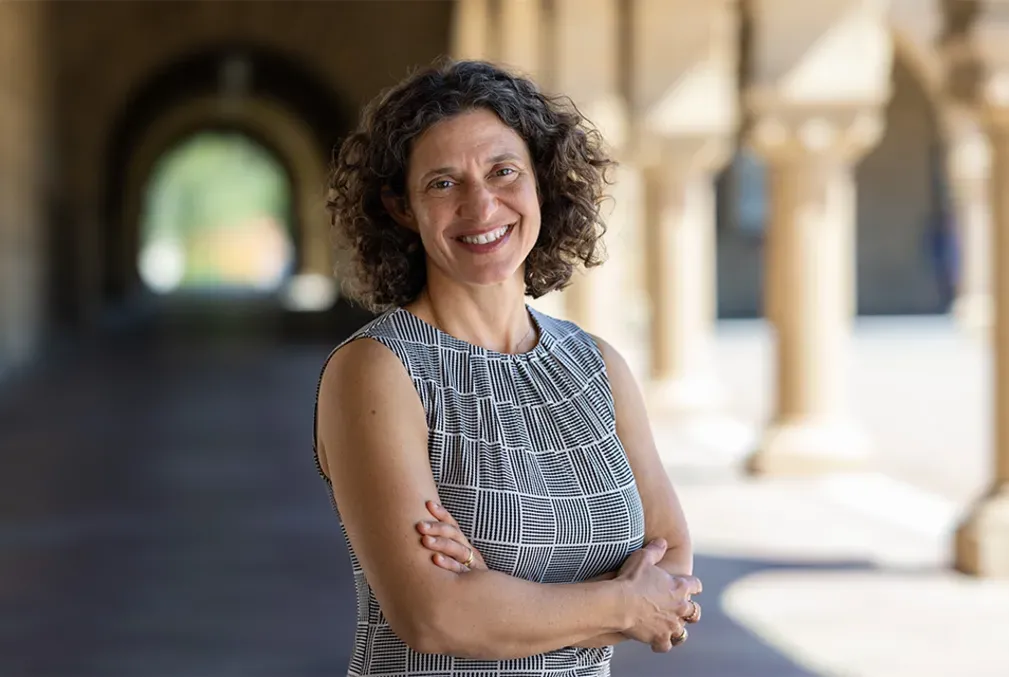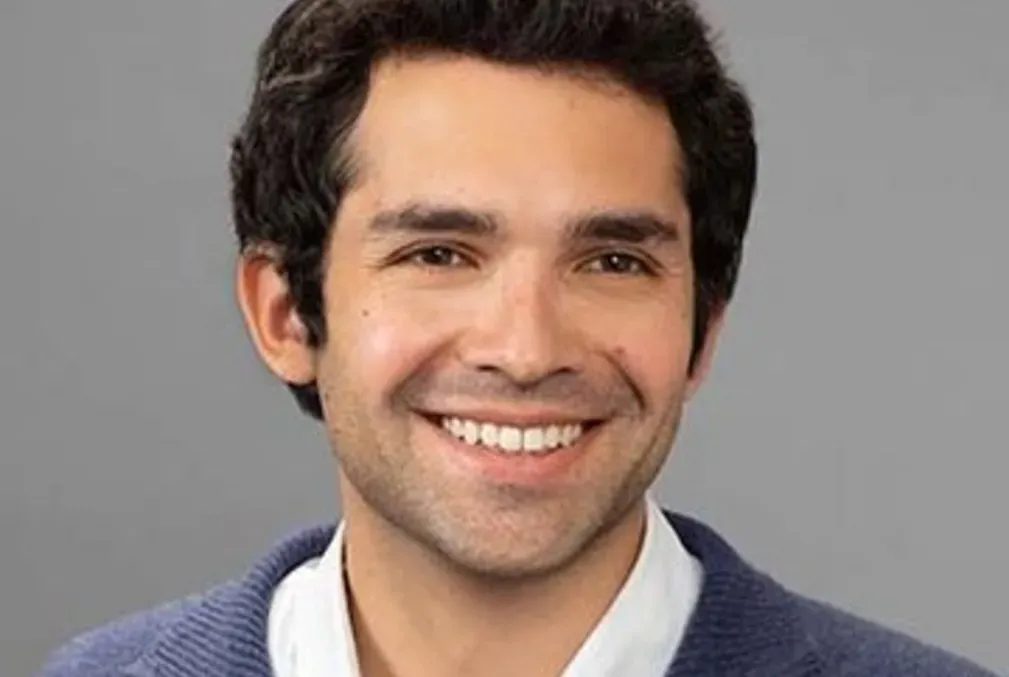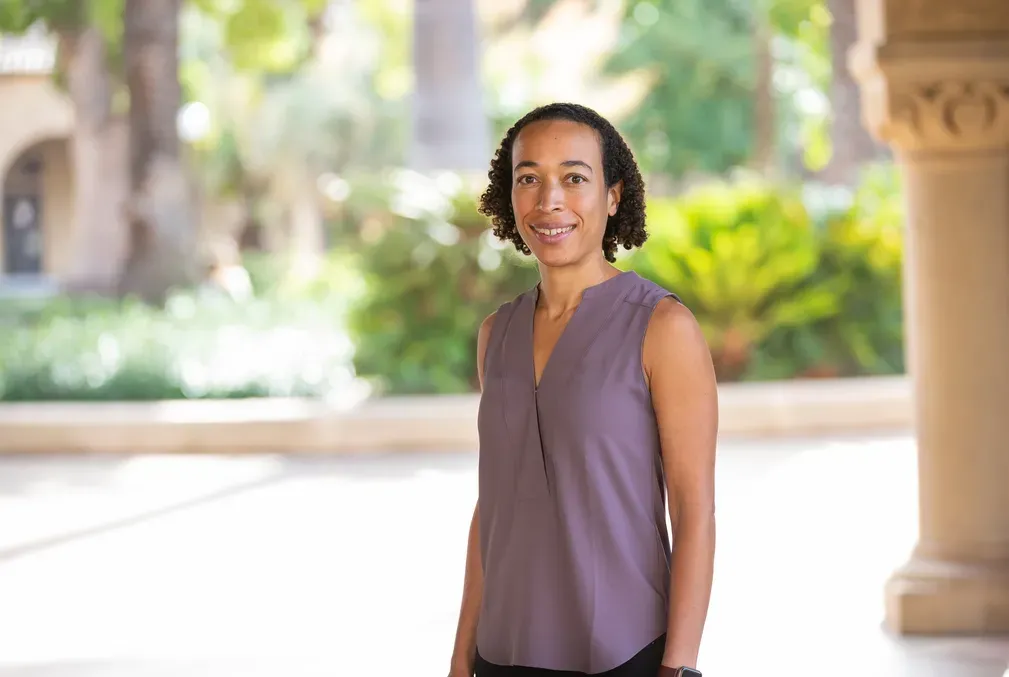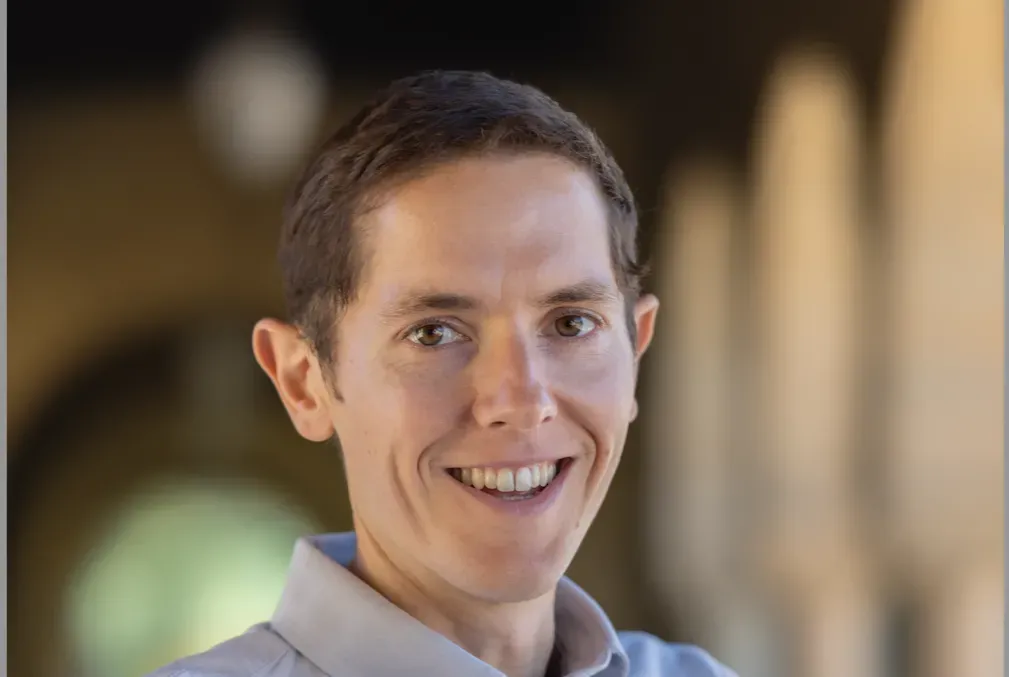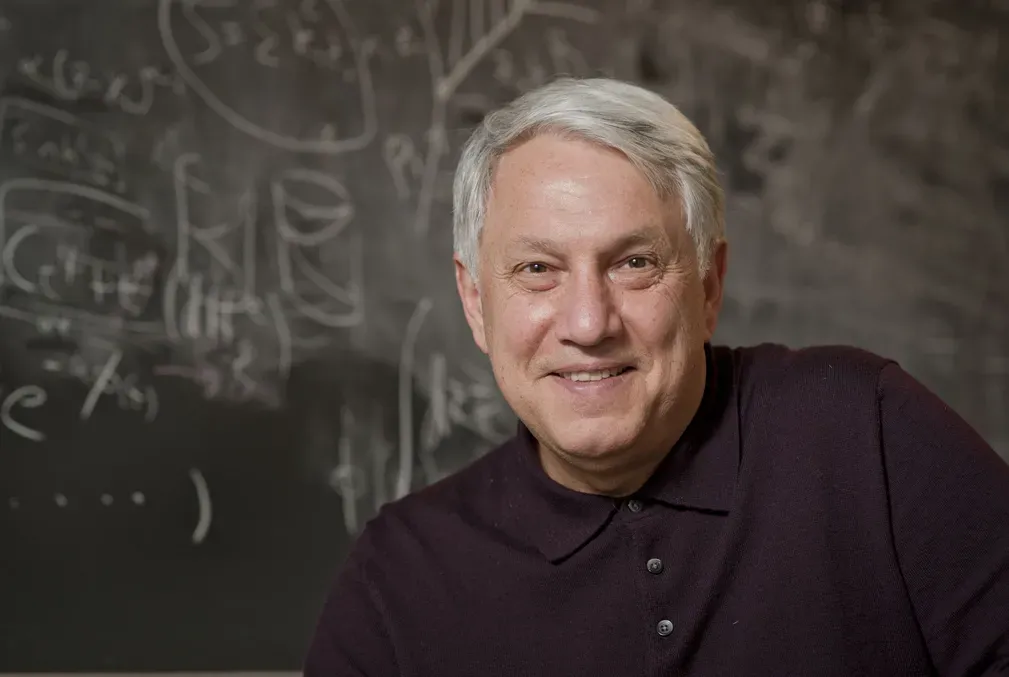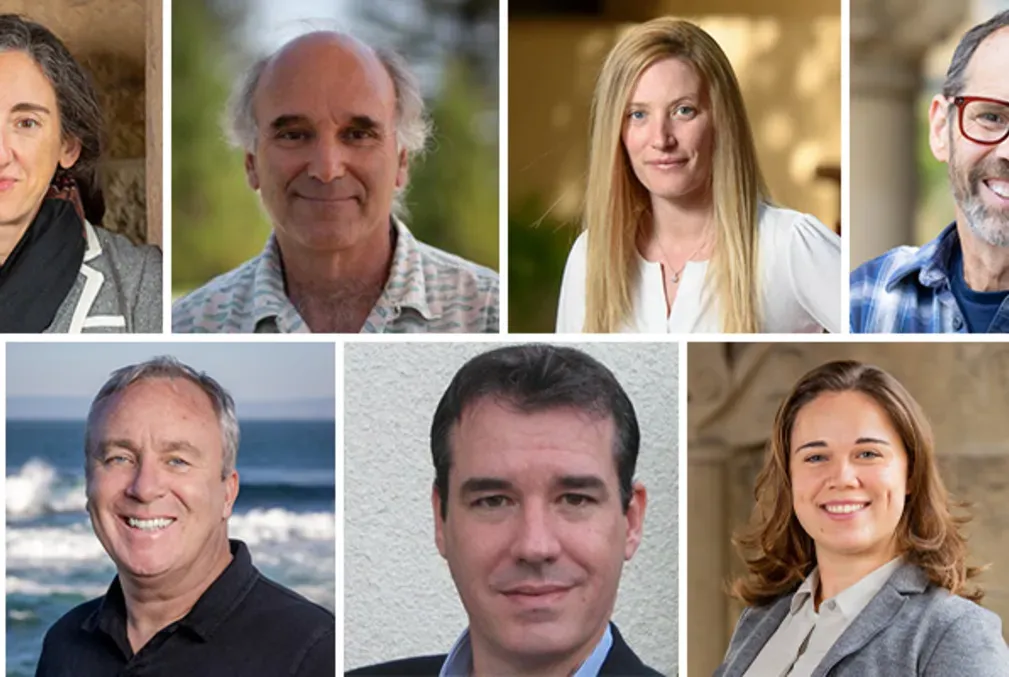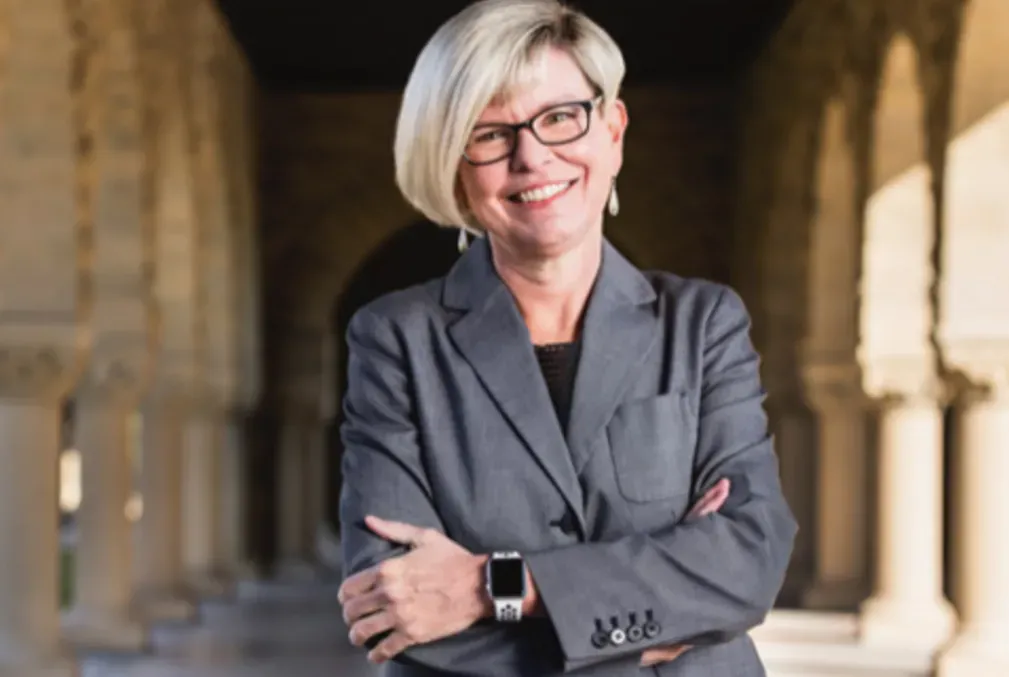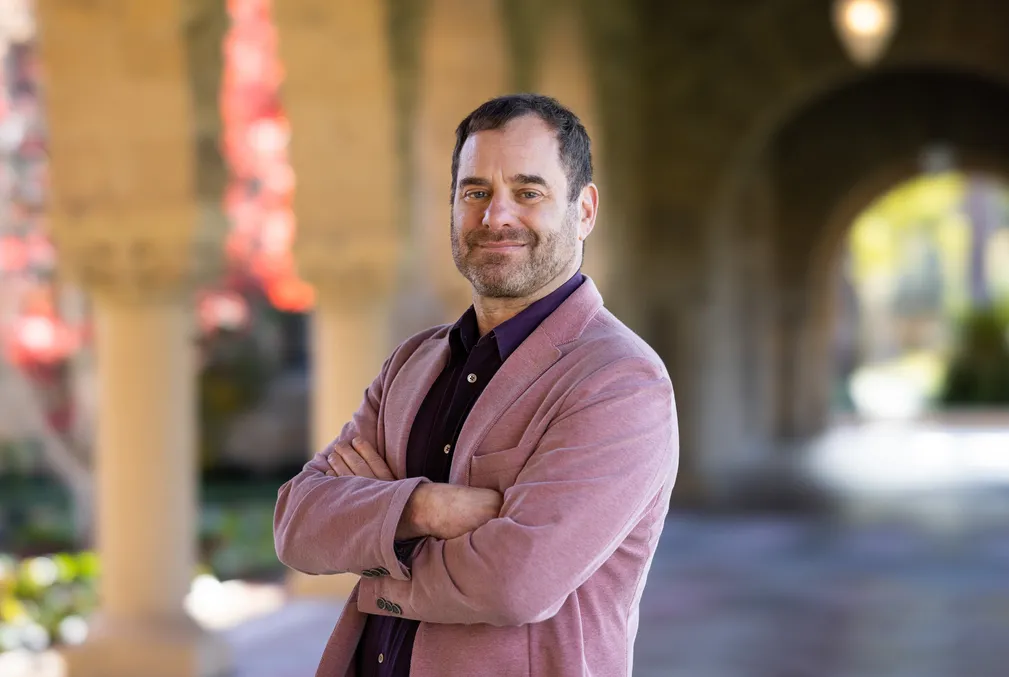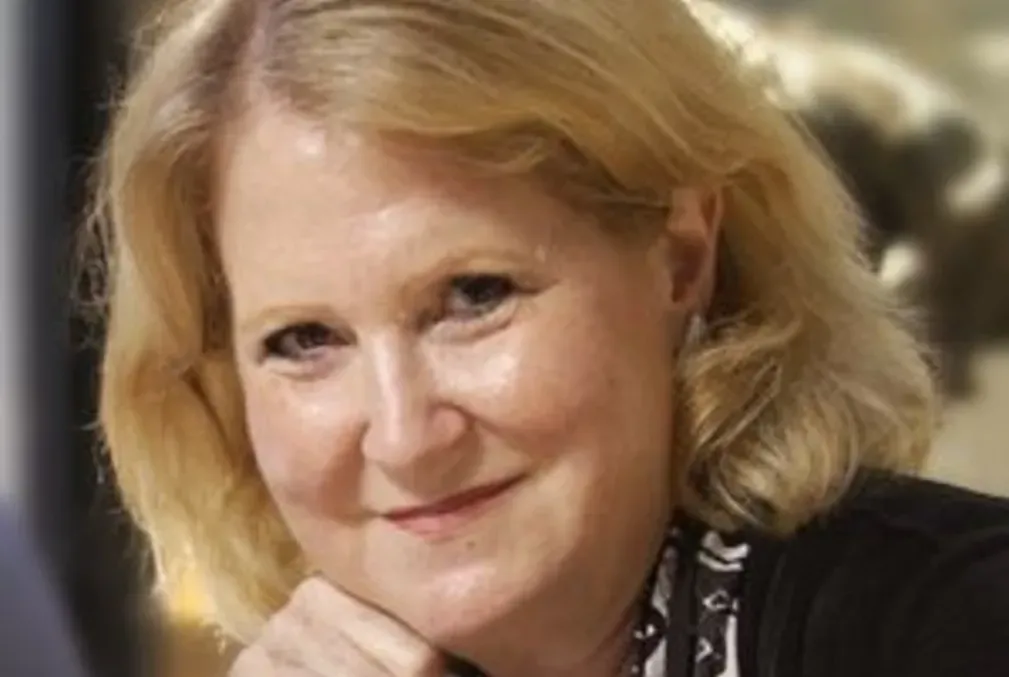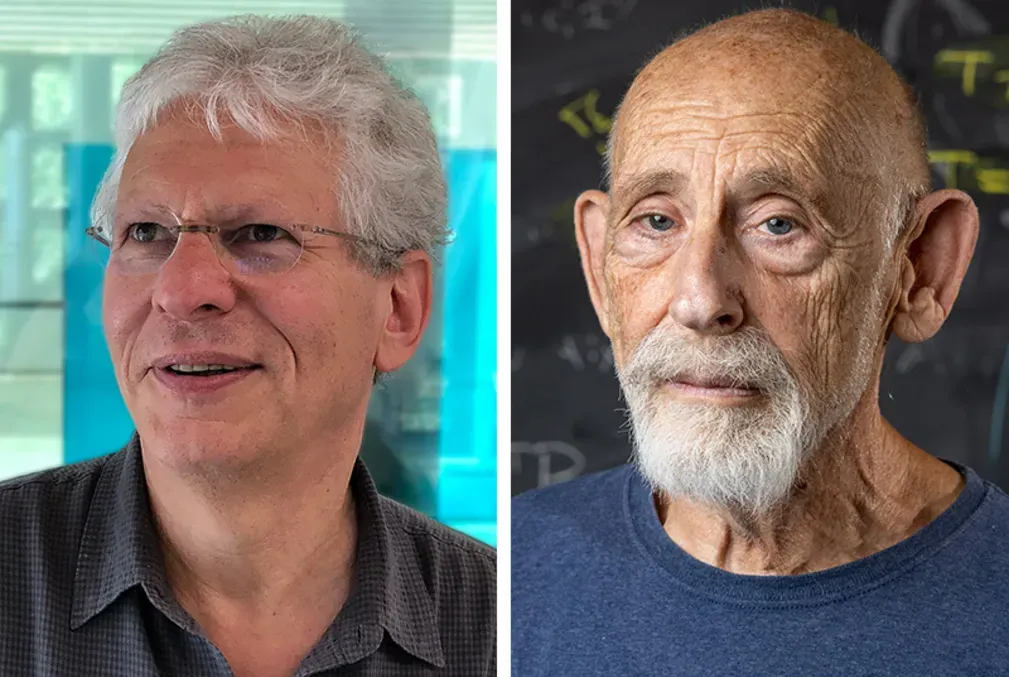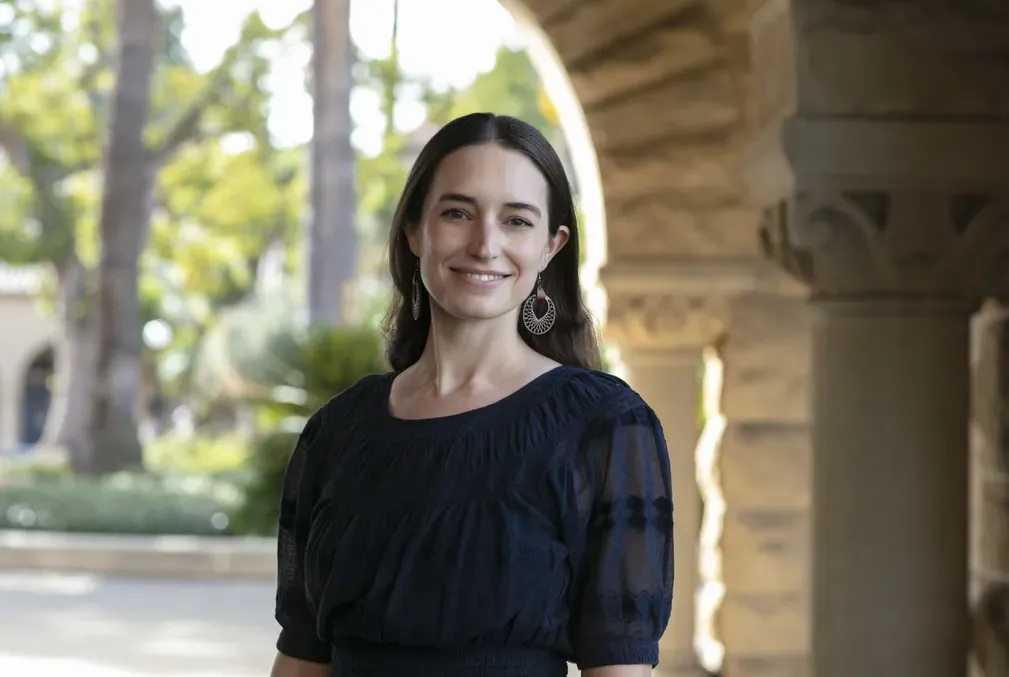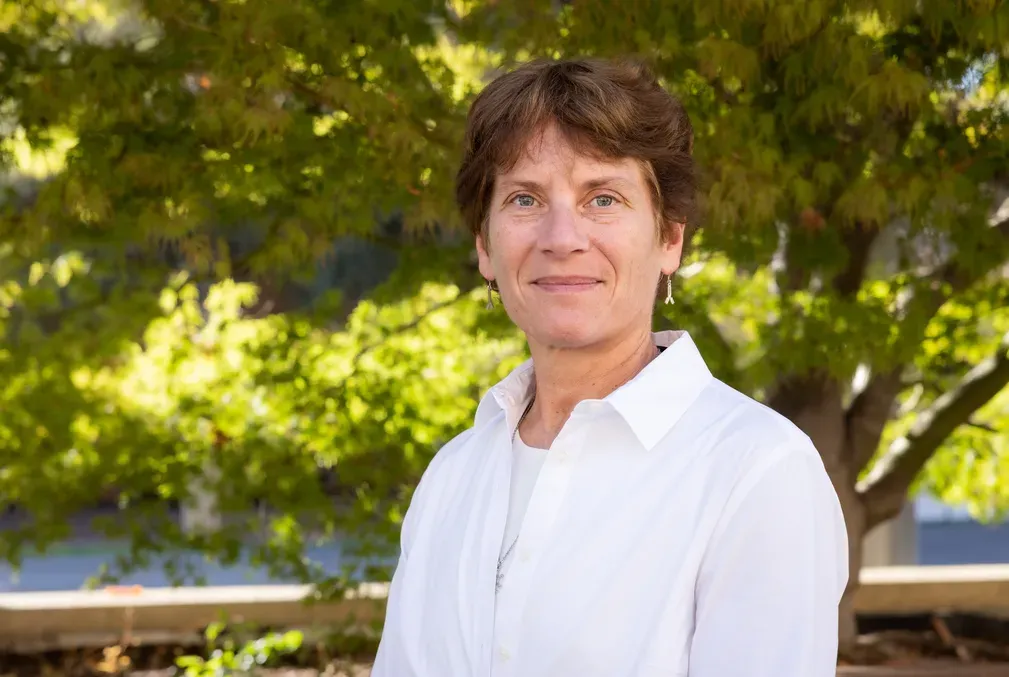
Stanford-led collaboration to explore electrodynamics of neutron stars and black holes receives $8M in funding from Simons Foundation
The Simons Collaboration on Extreme Electrodynamics of Compact Sources unites an international team of physicists from 15 institutions to explore new physical processes associated with neutron stars and black holes.
Roger Blandford, the Luke Blossom Professor in the Stanford School of Humanities and Sciences and professor of physics, will direct the Simons Collaboration on Extreme Electrodynamics of Compact Sources—an international team that aims to explain astrophysical developments related to neutron stars and black holes.

The SCEECS is funded by the Simons Foundation, which awarded the Extreme Electrodynamics of Compact Sources team a total of $8 million for an initial period of four years. This year, the Simons Collaborations in Mathematics and Physical Sciences program funded three such collaborations with the aim to “stimulate progress on fundamental scientific questions of major importance in mathematics, theoretical physics, and theoretical computer science.”
“My colleagues and I are extremely grateful to the Simons Foundation and thrilled to be given the opportunity to participate in a rapidly evolving and very exciting field,” Blandford said.
Neutron stars and black holes are among the most extreme objects in the universe—exhibiting strong gravitational and magnetic fields, high voltages, and drastic temperatures. This can create powerful explosions, flashes of radiation, and very high-energy particles that can be observed from across the universe by astronomers.
The SCEECS team will use theory, computer simulations, and observations of neutron stars and black holes, collected from powerful telescopes in space and on the ground, to take the well-established subject of electrodynamics into new territory. Much of its research involves plasma physics, which describes how charged particles (like electrons, protons, and positrons) behave collectively.
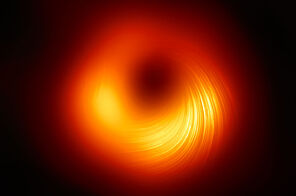
In addition to this work, the SCEECS team aims to educate and foster a new and diverse generation of researchers with translatable skills and experience, connect with scientists working in related fields, and provide far-reaching public outreach.
“We are eager to grow a community of young researchers, ready to adapt to new scientific challenges and to communicate our progress with the public,” Blandford said.
The institutions participating in the SCEECS include Caltech; Columbia University; Hebrew University of Jerusalem; Illinois State University; Princeton University; Stanford University; Tel Aviv University; University of Arizona; University of California at Santa Cruz; University of Paris; University of Maryland; University of Texas, San Antonio; University of Toronto; University of Wisconsin at Madison; and Washington University at St Louis.
The collaboration will start officially Sept. 1.

